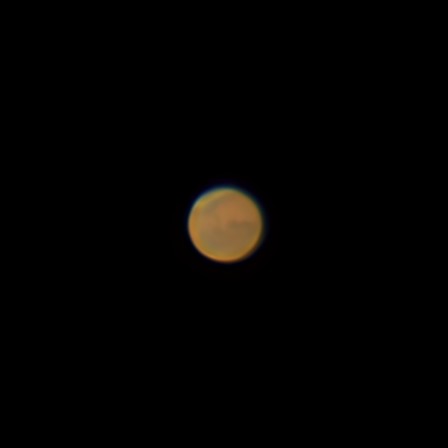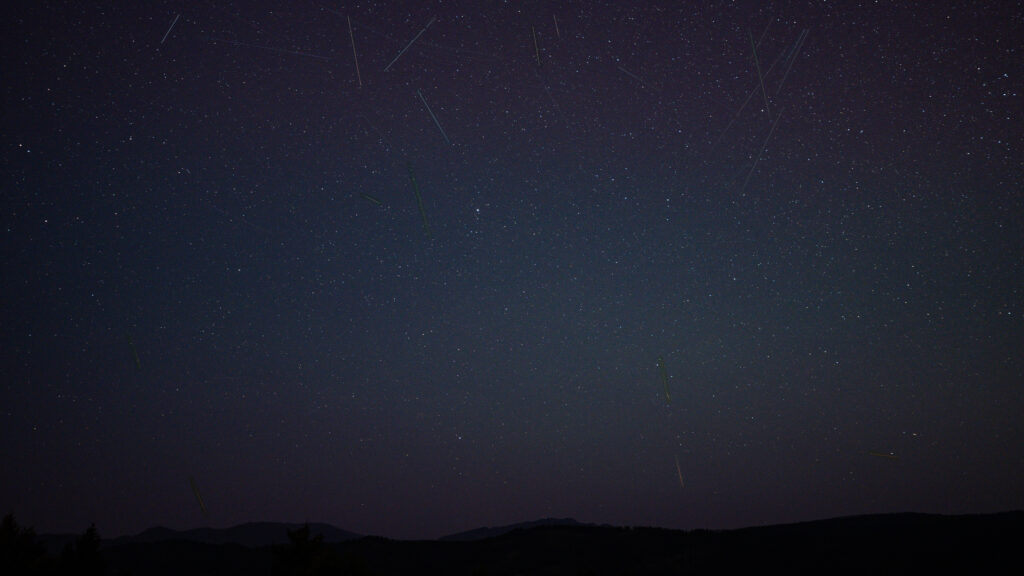For over a year now I have been watching the constellation Corona Borealis to see if the star, T Coronae, also knowns as the Blaze Star, goes nova. T Coronae is a recurrent nova that has gone from magnitude 10 to burst suddenly to magnitude 2 about every 86 years. Since it last went nova about that long ago it is due to go nova again any day now. You can watch my video about this recurrent nova here:
I made this video in 2025, when astronomers claimed that T Coronae was going to go nova again. So, the dates I mention in this video obviously have long passed but T Coronae could still go nova any day and so, you should still look for T Coronae whenever Corona Borealis is visible in the sky for you. The media has been hyping this event for over a year but I am still hopeful and continuing to look at T Coronae, since it will become visible to the naked eye when it does go nova. It most surely will go nova again but not exactly as predicted last year.
Stay Inspired
Take the time to look up into the night sky.
And don’t miss the next total lunar eclipse.




